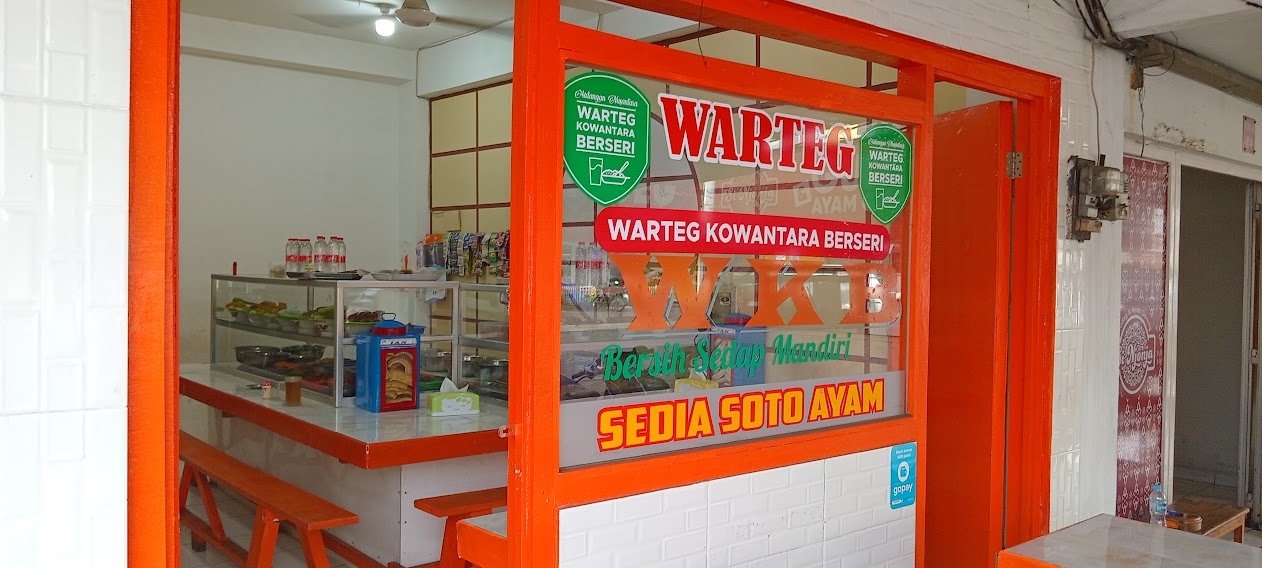The issue of warteg (warung makan Tegal) not being accepted in the new Indonesian capital city (IKN, Ibu Kota Nusantara) has sparked discussions, with some pointing to perceptions of warteg being “kumuh” (slum-like) or “jorok” (dirty). However, the situation is more complex than these stereotypes suggest. Based on available information, here’s a breakdown:
- No Official Ban on Warteg in IKN: There is no definitive evidence or recent official statement from the IKN authorities explicitly banning warteg. A post on X from March 2024 claimed warteg were prohibited in IKN due to being considered “kotor” (dirty), but this lacks corroboration from credible sources and appears to be an unverified sentiment rather than policy. Claims like these on social media should be treated cautiously as they may reflect public perceptions rather than facts.
- Urban Planning and Aesthetic Standards: IKN is being developed as a modern, sustainable, and smart city, with strict urban planning guidelines. The government aims to create a clean, organized, and visually appealing capital. Some speculate that warteg, often associated with informal, traditional setups, may not align with the envisioned aesthetic or zoning regulations for commercial spaces in IKN. However, this is not about warteg being inherently “kumuh” or “jorok” but rather about fitting into a curated urban framework. No specific policy targeting warteg has been documented in recent news.
- Economic and Cultural Considerations: Warteg are iconic for providing affordable, accessible food, especially for low- to middle-income workers. Excluding them could raise concerns about catering to IKN’s diverse workforce, including construction workers and civil servants. On the other hand, the government might prioritize larger food courts, franchises, or formalized dining options to project a modern image, potentially sidelining informal vendors like warteg. This tension reflects broader debates about balancing cultural heritage with modernization.
- Public Sentiment and Stereotypes: The perception of warteg as “kumuh” or “jorok” stems from stereotypes about their informal setups, open-air kitchens, or older facilities in some urban areas. However, many warteg maintain good hygiene and are beloved for their home-cooked meals. Social media discussions, like the X post mentioned, amplify these stereotypes, but they don’t reflect the diversity of warteg or their potential to adapt to modern standards.
- Lack of Recent News: The provided web results from June 2025 don’t directly address warteg in IKN, focusing instead on unrelated topics like fraud cases, hoaxes, or cultural traditions. This suggests the warteg-IKN issue may not be a major news topic currently or that it’s driven more by social media speculation than concrete developments.web:0-24
Why No Warteg in IKN?
The absence of warteg in IKN (if true) likely ties to urban planning priorities rather than an outright rejection due to hygiene or appearance. The government may be favoring formalized commercial spaces over informal vendors to align with IKN’s modern vision. However, without official statements, it’s unclear if warteg are explicitly excluded or simply haven’t been integrated yet.
Addressing the Stereotype
Labeling warteg as “kumuh” or “jorok” oversimplifies the issue. Many warteg meet health standards, and their informal charm is part of Indonesia’s culinary culture. If IKN’s planners are concerned about aesthetics, warteg could be incorporated into designated food hubs with standardized facilities, preserving their role while fitting the city’s design.


